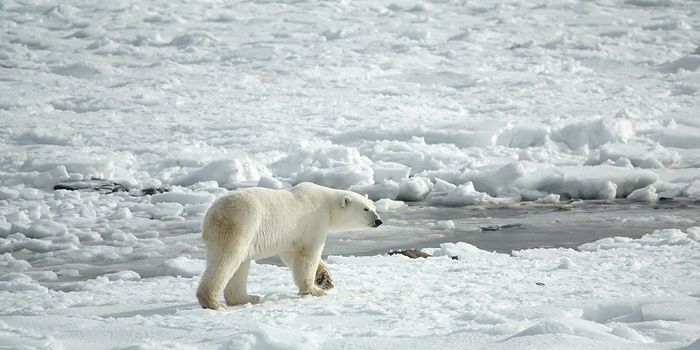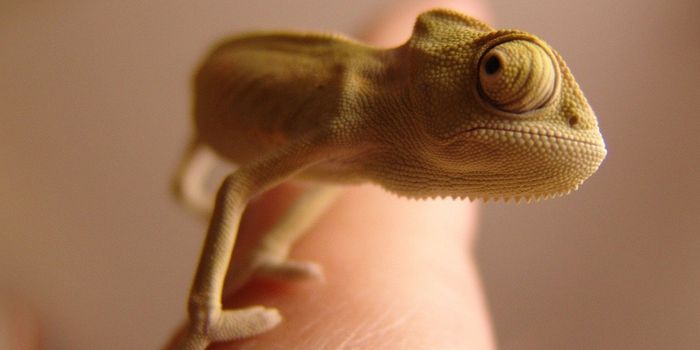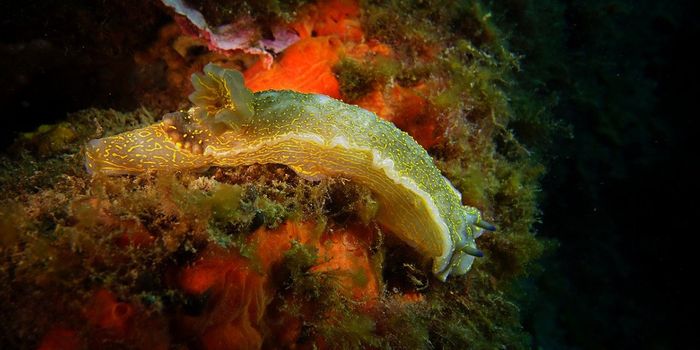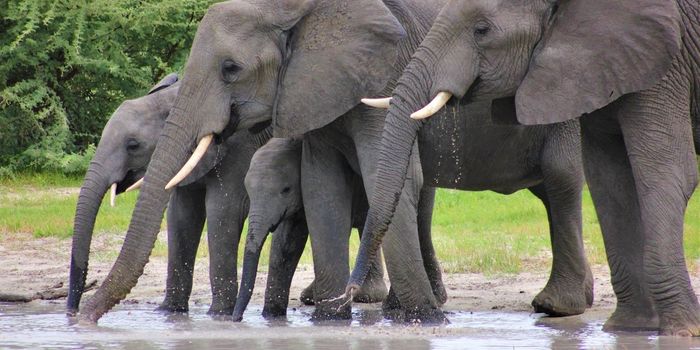What stops a plane from flying higher into space? As a plane is propelled forward, the air going under the wings creates lift so the plane can fly. As a plane goes higher, the air gets thinner and cannot create as much lift. If the plane goes faster, it can create enough lift to stay in the air but eventually the air gets too thin for any lift at all. In addition, oxygen becomes less abundant the higher you go. This is an issue for planes (but not for rockets) since plane engines need oxygen for combustion of fuel.
The highest a plane has been able to fly is on record of flying to a height of 85,069 feet. At this height, the air density is just 2% of that at sea level, meaning the plane had to fly at a speed of mach 3.2 to stay in the air. In addition, the pilots in this plane had to wear a full pressure suit with oxygen supply. At low pressure and low oxygen as one might experience at this height, a person's blood will boil as nitrogen in the blood turns to gas in a low pressure atmosphere.
(Video: Curious Droid)








